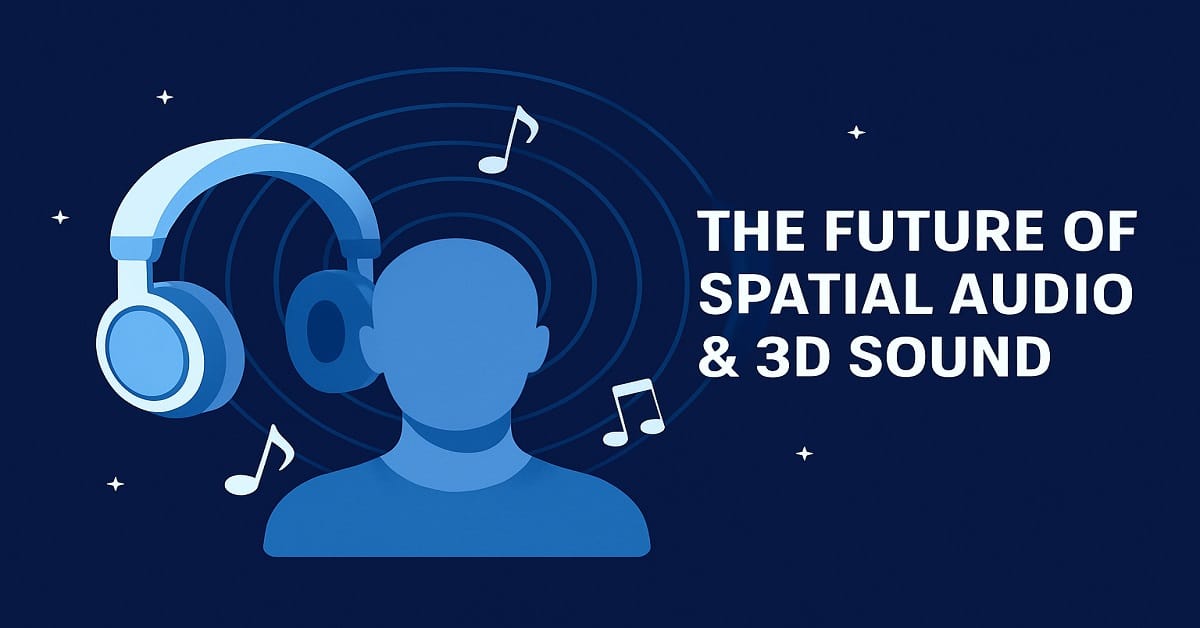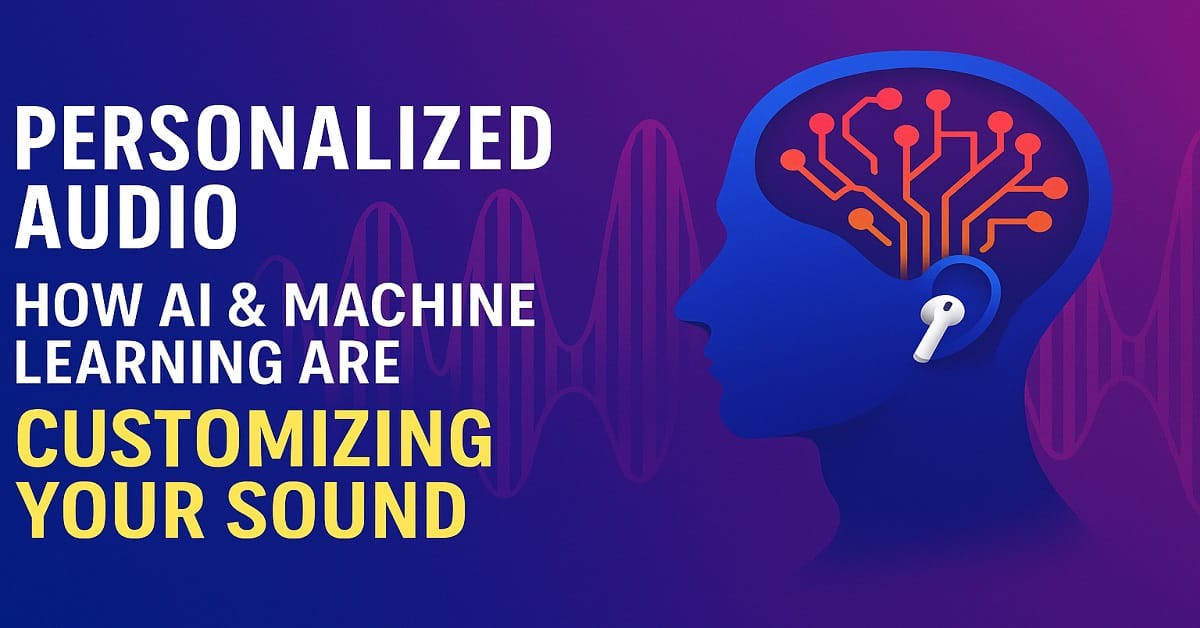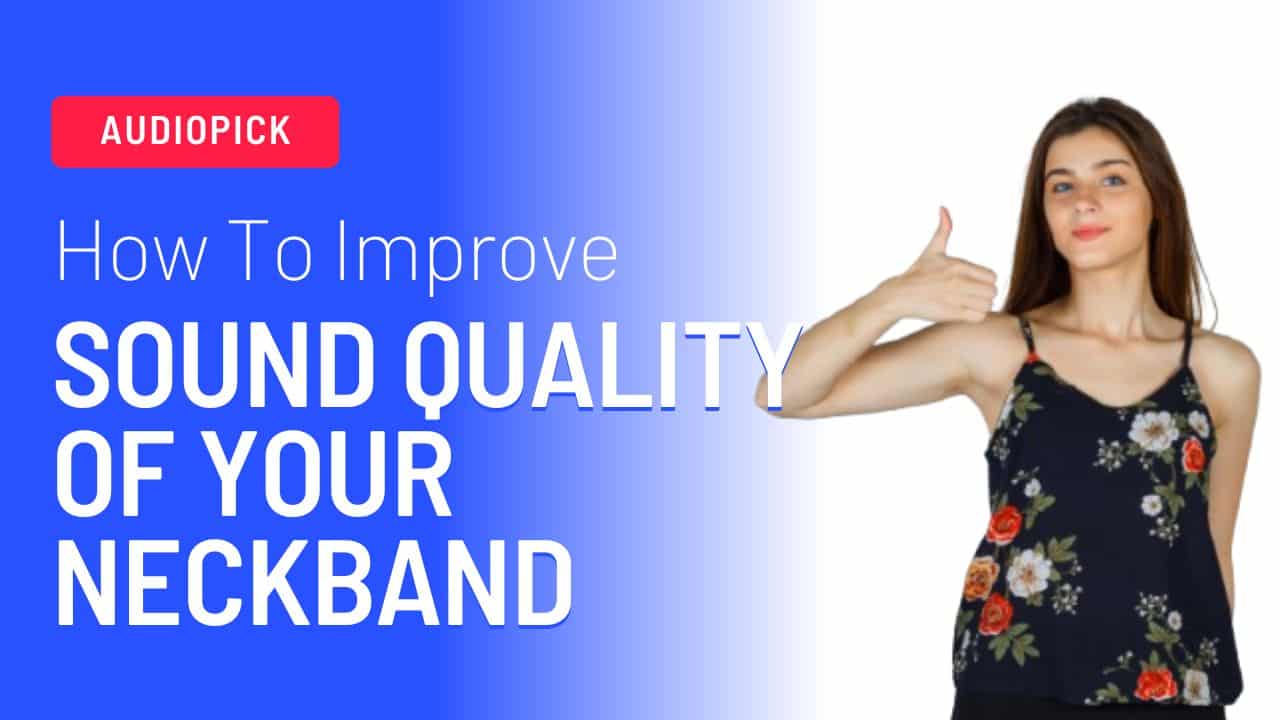You might have searched for “how spatial audio works” or “what is 3D sound”—you’re not alone. Many people today want to experience immersive sound instead of flat stereo.
- You want to hear music or watch movies so it feels like sound is coming from all around you (not just left & right).
- Traditional stereo limits how “real” audio feels. You can miss directional cues, immersion, or the subtle sense of height and depth.
- In this article, I’ll explain spatial audio 3D sound in a simple way, show how it works, what types exist, where it’s already in use, and where the future might lead us. By the end, you’ll see why spatial audio 3D sound matters—and whether it’s worth caring about.
We’ll start with a definition you can grasp, then move step by step through its workings, variations, pros & cons, real-life use cases, comparisons, FAQs, and a conclusion that gives you practical takeaways.
What Is Spatial Audio 3D Sound?
In the simplest terms:
Spatial audio 3D sound is a way of making audio feel like it’s coming from any direction—above you, behind you, to your sides—not just from left and right.
Stereo audio uses two channels: left and right. It can create a sense of width (something sounding more to your left or right) but not depth or height reliably. Spatial audio 3D sound adds that third dimension (and more) by simulating how real sound arrives at your ears in the real world: different time delays, reflections, filtering, etc.
Another way to see it: in real life, sound bounces off walls, floors, ceilings; your head, ears, and body shape how that sound reaches your ears. Spatial audio 3D sound tries to digitally recreate all these cues so your brain thinks “this sound is behind me” or “above me” even though you’re just wearing headphones or listening via speakers.
Analogy: Think of stereo like a painting on a wall—flat, two dimensions. Spatial audio 3D sound is like a hologram, adding depth and perspective so sounds live in space around you.
How Spatial Audio 3D Sound Work (Step by Step)
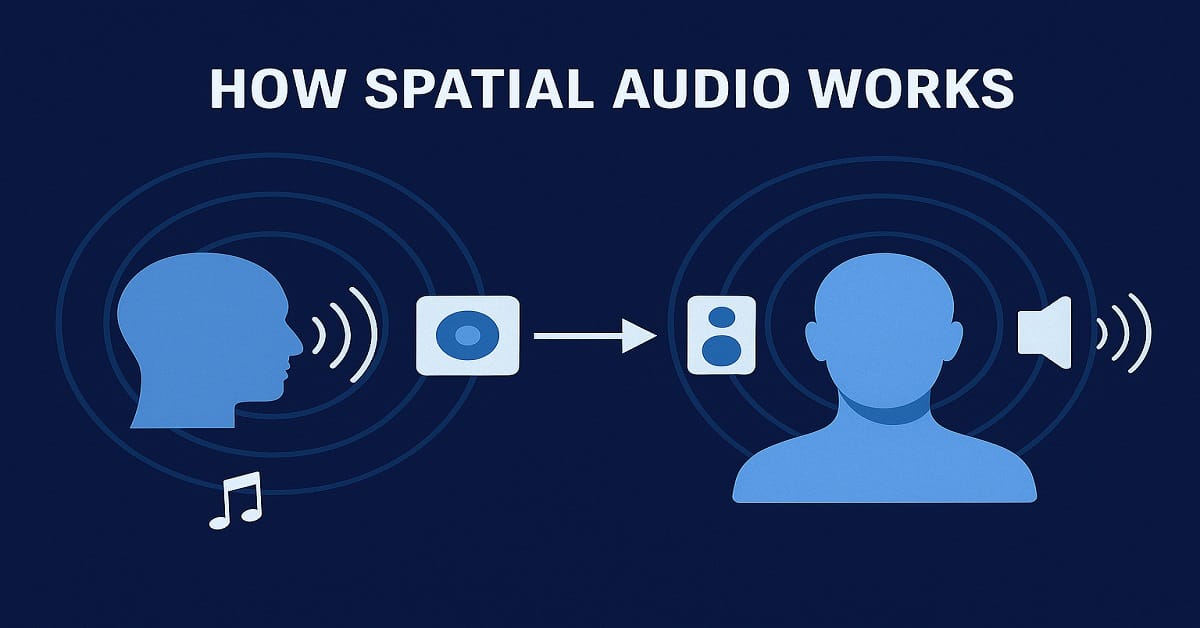
To make spatial audio work, several technical pieces come together. Here’s a breakdown in beginner-friendly steps:
- Capture / Creation of Sound Objects or Scene
Instead of recording everything as left & right channels, modern spatial audio 3D sound often treats each sound source as an object (e.g., a singer’s voice, a guitar, a car passing by). This helps you place each object in 3D space (object-based audio). - Apply Spatial Metadata & Processing
For each object, metadata describes its intended direction, distance, and possibly movement. This data helps decide how sound should be transformed before sending it to your ears. - Head-Related Transfer Function (HRTF) & Filtering
This is a key piece. HRTF is a mathematical model that simulates how sound waves interact with your head, ears, body, and shoulders. It accounts for time delays, intensity differences, and frequency filtering as sounds come from various directions.- For instance, a sound coming from behind you will hit your ears differently than one coming from the front.
- The system applies those filters so your brain perceives direction correctly.
- Binaural Rendering (for headphones)
Since headphones deliver sound directly to each ear, spatial audio 3D sound systems convert (or “render”) the sound using processing so that with headphones, you perceive direction and depth—even though physically there are just two drivers (left and right). - Playback / Decoding on Device
On the playback side, your device (earbuds, headphones, speakers, soundbar, etc.) decodes the spatial metadata and mixes the audio accordingly. If it has head-tracking (in some cases), it can adjust the sound as you move your head to keep the “illusion” stable. - Dynamic Updates (if movement involved)
In gaming, VR, or when you turn your head, spatial audio 3D sound systems constantly recalculate where sounds should come from to maintain realism (this is called dynamic binaural rendering).
Analogy: Imagine you’re in a room with invisible speakers that follow you. When someone whispers behind you, you turn your head — the whisper still seems behind you. Spatial audio 3D sound tries to replicate that feeling using clever math, filters, and audio objects.
Types & Variations of Spatial / 3D Audio
Spatial audio isn’t a single “one size fits all.” There are multiple methods, formats, and variations. Here are some key ones:
- Object-Based Audio (Dolby Atmos, MPEG-H, etc.)
Each sound is treated as an object with 3D coordinates. This is flexible and allows sounds to move dynamically. - Ambisonics / Higher-Order Ambisonics (HOA)
Ambisonics captures a full sound field (360° in all directions). Then it can be decoded for different speaker setups or headphones. HOA (higher order) gives better resolution and spatial accuracy. - Wave Field Synthesis (WFS)
Rather than relying on perception tricks, this technique uses a large number of speakers to physically synthesize wavefronts—so the sound field seems like real sound in space. The listener can move and the virtual sources stay fixed. - Binaural / Dynamic Binaural Recording
Using two microphones (often placed in a dummy head), recording captures how ears would perceive natural sound. With head tracking, the effect adapts as you move. - Mixed / Hybrid Approaches
Sometimes systems use a mixture of object audio + ambisonics + binaural decoding, blending techniques to optimize for different devices or listening scenarios. - Open & New Formats (Eclipsa Audio, IAMF, etc.)
Newer formats aim to make spatial audio more open and less proprietary. For example, Eclipsa Audio is a format backed by Samsung & Google under the IAMF spec, aiming to be royalty-free in contrast to formats like Dolby Atmos.
Advantages & Limitations
Advantages (Why Spatial Audio Matters)
- Immersion & Realism
The biggest draw: you feel like you’re “in” the sound. In games, movies, music, VR — spatial audio makes sound direction, distance, and movement more believable. - Better Spatial Awareness
In gaming or simulations, you can detect where footsteps or gunshots come from, giving you an edge. - Emotional & Cinematic Impact
Music or scenes feel more dramatic. You sense ambient layers (e.g., rain behind you, wind above you) more vividly. - Future-Proofing Audio
As more content gets mixed in immersive formats and devices support it, spatial audio is becoming a “must-have” feature for high-end audio gear. - Interactivity & Adaptiveness
Especially in XR (VR/AR), spatial audio can react to user movement, changing environment acoustics, or interactive objects.
Limitations & Challenges (Be Realistic)
- Processing Power & Latency
Rendering spatial audio in real time (especially with head tracking) is computationally heavy, which risks delays or lag. - Hardware & Compatibility
You need compatible headphones, speakers, or devices. If your device doesn’t support certain decoding or formats, benefits may be lost. - Quality Loss / Simplification
In lower-end devices or streaming codecs, spatial audio may be simplified or downgraded, reducing the immersive effect. - Not Always Noticeable
In casual listening or with simple content (mono or poorly mixed), spatial effects may not add much and might sometimes sound artificial. - Production & Authoring Complexity
Creating spatial mixes requires more effort, specialized tools, mixing for multiple output modes (stereo, headphones, speakers). - Listening Fatigue / Discomfort
If spatial cues are inaccurate or mismatched (wrong HRTF model), your brain might detect odd artifacts, causing discomfort.
Practical Scenarios & Use Cases
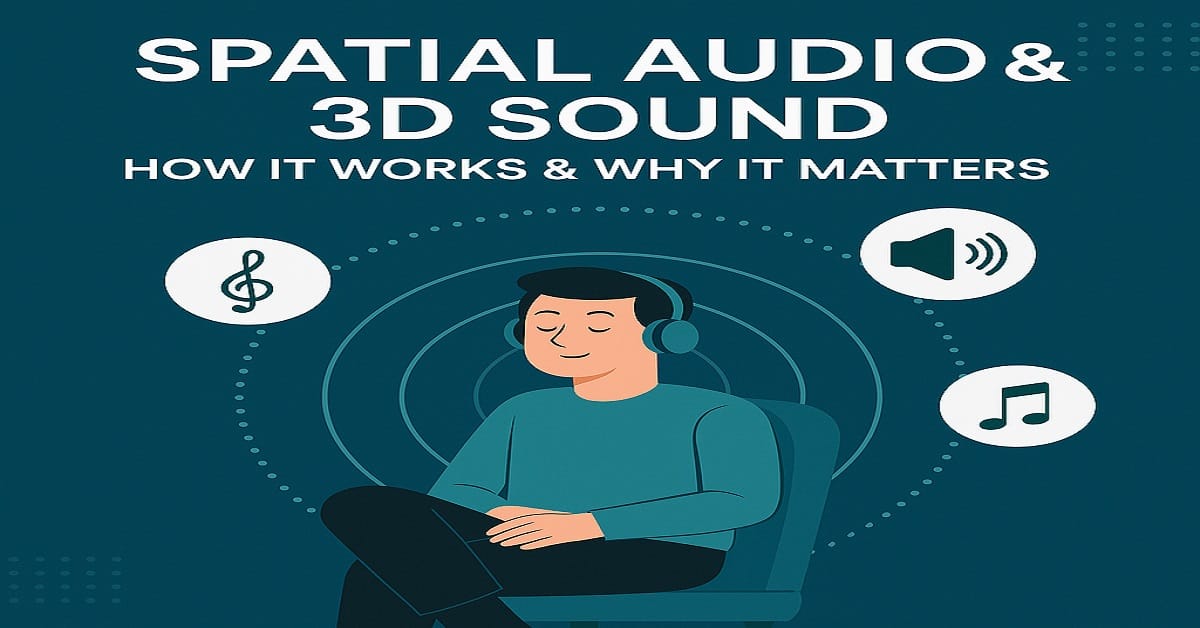
Here are real-life examples where spatial audio 3D sound is already making a difference:
- Streaming & Music Platforms
Apple Music supports spatial audio, letting artists release music in Dolby Atmos. Many listeners say it makes music feel more enveloping.
(Note: not all tracks are mixed in spatial formats, so availability is limited.) - Movies & Home Theater / Soundbars
Many TVs and soundbars now support Dolby Atmos or immersive formats. Sound pours over you—sounds coming from above, behind, etc. - Gaming & VR / AR
In first-person games, spatial audio helps you detect enemy direction. In VR experiences, it enhances presence—vertically and directionally accurate sounds help you believe you’re in the world. - Live Events & Concerts
Large venues are experimenting with immersive speaker arrangements to make sound feel more enveloping to audiences. 3D audio in live environments can transform how concerts are experienced. - Immersive Calls
Some innovators are experimenting with spatial voice calls where participants’ voices come from different virtual positions. Nokia recently demoed an “immersive phone call” using 3D audio. - Augmented Reality / Metaverse Sound
In AR experiences, spatial audio helps anchor virtual objects. When you walk around a virtual bird, its chirp should come from its position, not fixed in your ears. - Film / Immersive Theater / Installations
Art installations and immersive theaters use 3D audio to envelop audiences in entire soundscapes.
Comparison with Other Audio Concepts
To better grasp spatial audio, here’s a comparison with some related but distinct ideas:
- Stereo vs. Spatial Audio
Stereo is left & right. Spatial audio adds depth, height, movement, and a richer directional field. - Surround Sound (5.1 / 7.1) vs Spatial Audio
Traditional surround places sound in discrete speaker zones (left front, right rear, etc.). Spatial audio is object-based and more flexible; plus it often works well over headphones via binaural rendering. - ANC / ENC vs Spatial Audio
Active Noise Cancellation (ANC) and Environmental Noise Cancellation (ENC) focus on cancelling or filtering unwanted noise. Spatial audio isn’t about reducing noise—it’s about creating immersive directionality. They solve different problems.
In earbuds, you might have both ANC and spatial audio, but ANC just keeps your environment quiet; spatial audio makes sound come alive around you. - HRTF-based virtual surround vs “true” spatial audio
Some systems fake surround by using clever filters and panning (HRTF-based). They approximate spatial audio, but may lack full depth, height, or realism compared to object-based systems.
More from AudioPick
- What is ANC in Earbuds? Types of ENC: Single-Mic, Dual-Mic, Quad-Mic & AI-Driven Systems
- Mic Placement in Neckbands: Why It’s Key for Clear Calls
- Battery Life Impact: ENC vs ANC in Neckband Devices Explained
- Powerful Battery Life Myths in Neckbands – The Truth You Must Know (2025)
FAQs
Q1. Do I need special headphones to hear spatial audio 3D sound?
You don’t always need exotic gear. Many spatial audio systems work with good-quality headphones or earbuds. But the better your hardware (frequency response, driver quality, head-tracking support), the more convincing the effect.
Q2. Can spatial audio work with Bluetooth / wireless devices?
Yes. Many modern wireless codecs and platforms support spatial audio. But the wireless transmission and codec used may limit quality or precision.
Q3. Will all songs be in spatial audio in the future?
Not necessarily. Artists and engineers need to mix in spatial formats. Over time, more content will be produced in immersive audio, but there will likely be backward compatibility with stereo.
Q4. Does spatial audio drain battery faster?
Yes, rendering spatial effects (especially dynamic head-tracking) uses more compute power, so on mobile or wireless devices, expect somewhat higher battery use.
Q5. Is spatial audio good for everyone?
Some people may not notice a huge difference, especially in casual listening. Others may find errors in spatial rendering distracting or uncomfortable. Also, your ear shape / HRTF model plays a role—what sounds immersive for one listener might feel off for another.
Q6. How do I test if spatial audio is working well on my device?
Use tracks or demos labelled for spatial audio (Dolby Atmos, Sony 360 Reality, etc.). Use head-turn tests (if head-tracking is supported)—sound sources should seem fixed in space. Move your head and see if the audio adjusts appropriately.
Conclusion & Practical Advice
Key takeaways:
- Spatial audio 3D sound is a leap beyond stereo, allowing direction, height, depth, and movement in sound.
- It works by combining object-based audio, spatial metadata, HRTF filtering, binaural rendering, and real-time processing.
- There are several techniques (object audio, ambisonics, wave field synthesis, etc.) and evolving formats (like Eclipsa Audio) pushing the field forward.
- The benefits are immersive experience, realism, and better audio engagement—but it comes with challenges like processing demands and device compatibility.
- Use cases already show up in streaming, gaming, VR, live events, and emergent formats like immersive calls.
Actionable tips for you, the audio enthusiast / buyer / listener:
- Look for devices that support spatial audio 3D sound (check for Dolby Atmos support, head-tracking, spatial codec support).
- Use content specially mixed for spatial audio to truly test it—don’t expect regular songs to always deliver the magic.
- Be patient and experimental—immersive audio is still evolving. New formats like Eclipsa Audio (open source, royalty-free) might democratize spatial audio further.
- When reviewing headphones or earbuds, test spatial audio features (with motion, direction, etc.)—that’s content your readers will love.
Spatial audio 3D sound aren’t just buzzwords—they’re a shift in how we will listen in the next decade. As more hardware, software, and content align, immersive audio may become the norm—not the exception.
If you want, I can also generate a shorter version (900–1,200 words), or build this into a pillar / cornerstone article you can link to from many comparative reviews. Do you want me to adapt it now?
Help Us Reach More Readers
If you found this article useful, share it with your friends, family, or anyone curious about the future of audio technology. The more people understand how spatial audio and 3D sound are shaping modern listening, the more we can appreciate how far sound innovation has come. Sharing helps others discover something new—and helps us keep creating more in-depth, easy-to-understand guides like this one.

About the Author
Hari Prasad is the editor of AudioPick.in and a lifelong audio enthusiast. He writes detailed, honest reviews and guides to help everyday users pick the right gear without tech jargon. His personal interest in Bluetooth audio, neckbands, and codecs comes from testing dozens of devices over the past few years.

